Tools:
- Oscilloscope
Notes:
There is often a lot of talk and questions about chain stretching on the Nissan P12. How to change the chain, in more detail here . There are several algorithms for recognizing a "tired" circuit.
Option number 1 - using an oscilloscope.
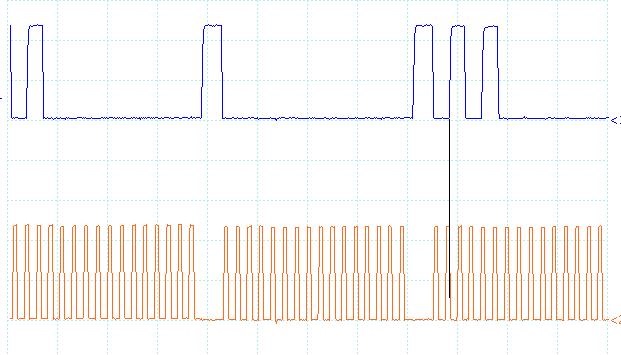
Notes:
After that, not every owner can make a decision to replace the chain. Many people wonder why the chain was stretched so early, because the mileage is not critical at all. The fact is that it is not always possible to convince a person that the runs on the devices in 90% do not correspond to reality and were twisted at the next sale (and possibly more than once). This usually occurs after a run of 170-200 thousand.
Of course, after all, this is not at all like changing the timing belt - this is a completely different level of procedure that requires other investments, other skills, and other time costs. Therefore, everyone wants to push the replacement procedure as far as possible from the real need for this (which has already occurred). Riding around the services begins and attempts to extinguish errors, to find a "kulibin" who can correct the situation with a device (although it is clear to everyone that this is impossible). How many tips were there on the network about replacing sensors and their turns, turns in order to deceive the control unit and put out the check engine control lamp. An example is the rotation of the camshaft sensor.
If during diagnostics there are real suspicions of chain stretching, then the chain must be changed as standard, and only for a new, original one, and not for the one that is cheaper and available (you will not like the "plasticine" chains that will declare themselves in a couple of dozen thousand km. run, or even earlier).
Option number 2 - removing the front engine cover
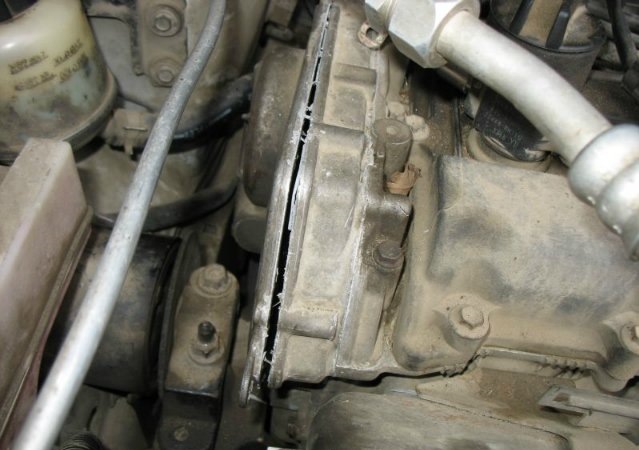
Notes:
Inspection of the chain tensioner rod. If it moves close to the maximum position, the chain is definitely stretched and requires replacement. The first method is convenient because nothing needs to be disassembled and opened. The second method is easier for an ordinary driver, since it does not require a device and knowledge in this area. The tensioner comes out almost completely when the chain is stretched. The difference is 10-15 mm. compared to the new chain.
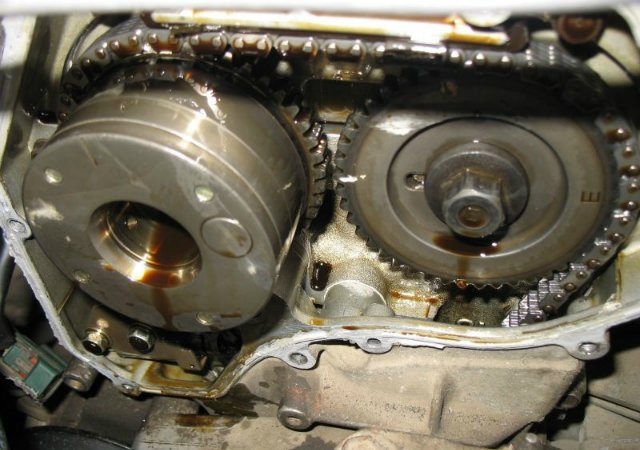
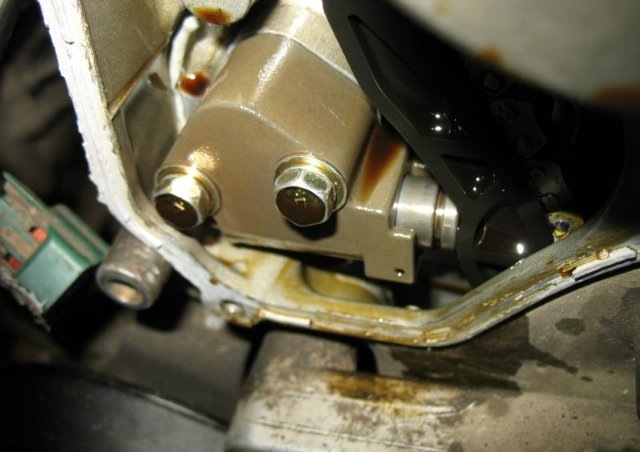
USEFUL TIPS:
- If errors occur on the crankshaft and camshaft sensors, first pay attention to the state of the chain, guided by either the tensioner or the oscilloscope. And only after that make decisions about replacing sensors.
Having made an analysis on the site, we can confidently say that the cars produced in 2001-2004 - the majority - this is precisely the very group of cars that already requires direct attention to the chain and its components. Or cars, the real mileage of which has already approached the mark of 200 thousand km.
Replacing the chain is not a verdict, and changing a car or engine for this reason is at least not justified. This is a normal maintenance workflow. If you do not want to get involved with this - do not write questions about launch, thrust, noise, etc. - since you know the reason, but you ignore it.
P12 2.0l:
1. 13028-6N200 timing circuit;
2. 13070-6N20A timing chain tensioner;
3. 13091-6N200 Planck timing chain guide, the left;
4. 13085-6N200 Planck damper timing chain, right. - P12 1.6l:
1. 13028-4M51 camshaft drive chain;
2. 13070-AU000 timing chain tensioner;
3. 13091-7J600 Planck damper timing chain, the left;
4. 13085-7J600 Planck damper timing chain, right. - P12 1.8l:
1. 13028-4M51A camshaft drive chain;
2. 13070-AU000 timing chain tensioner;
3. 13091-7J600 Planck damper timing chain, the left;
4. 13085-7J600 Planck damper timing chain, right.
The article is missing:
- Photo of the instrument
Source: https://www.drive.net/l/5776844/
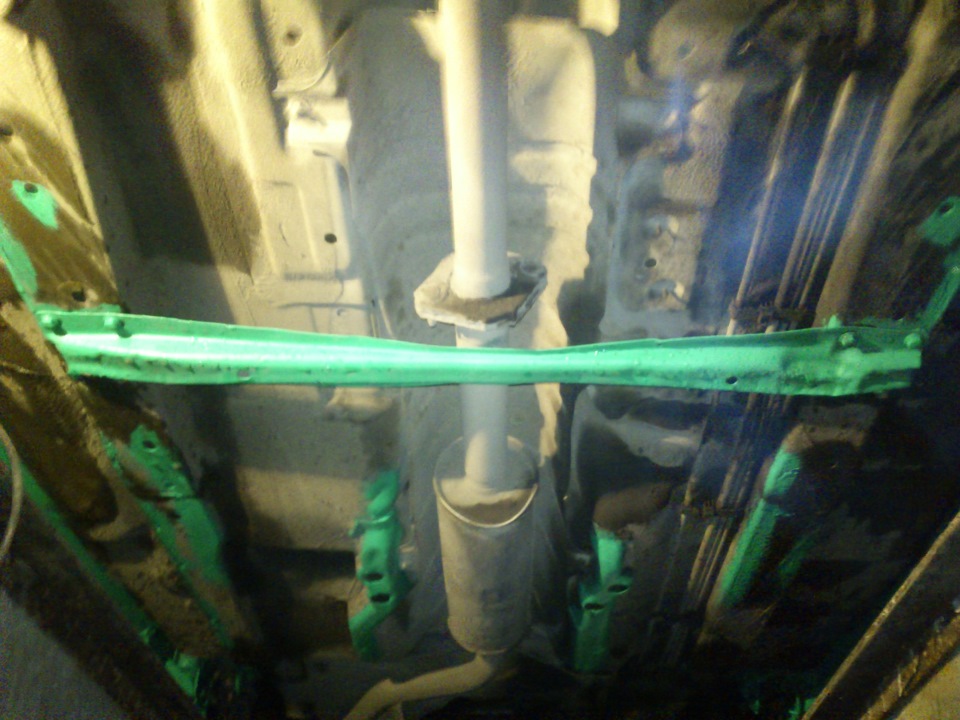
![P12 [2001 - 2008]](/uploads/Nissan_Primera_Primera_1.9_DCi_Sedan.jpg)